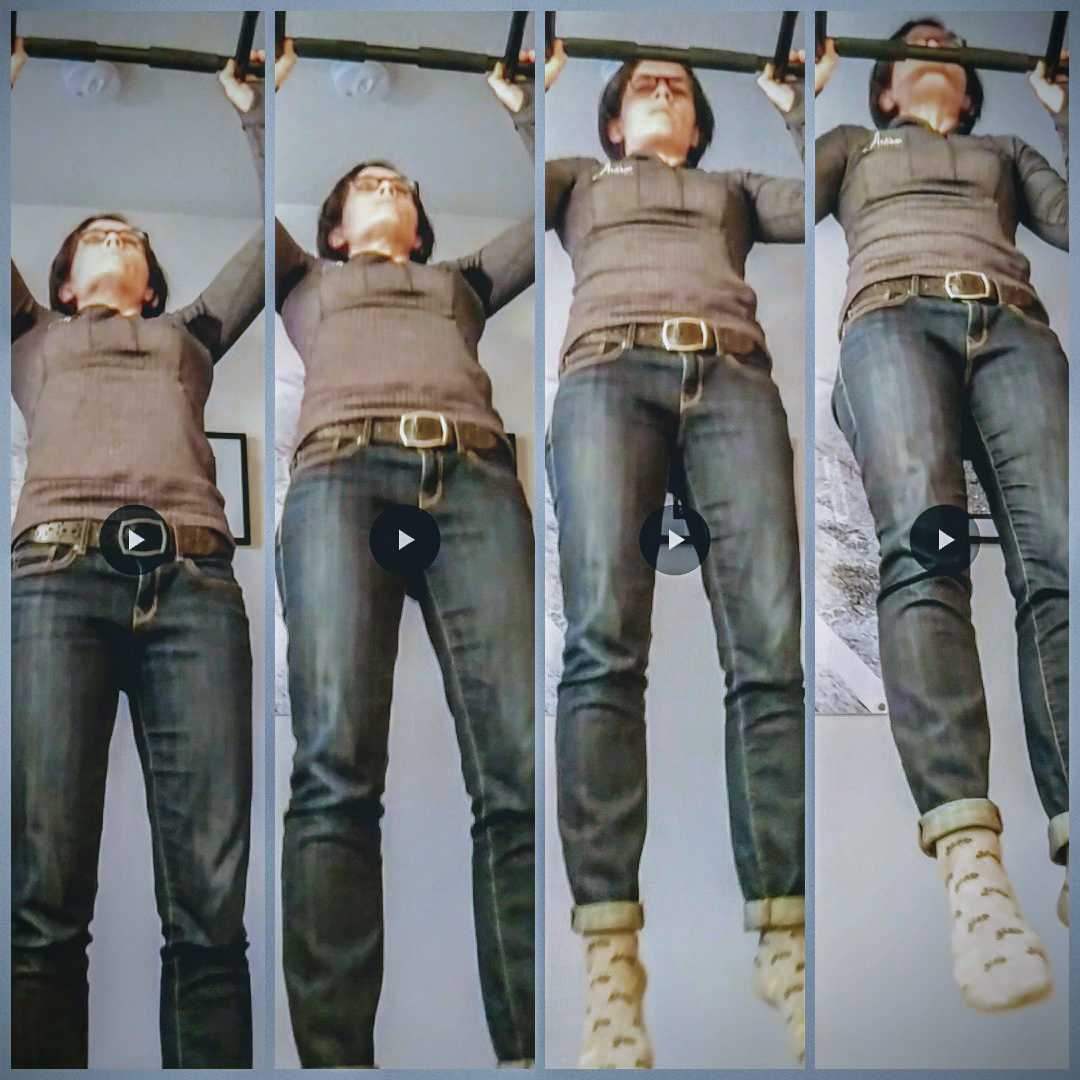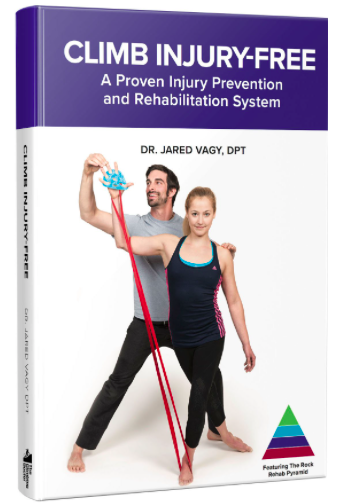Routines are good for our life, and are healthy. But our body and our mind also thrives with some variety. Neuroplasticity is a concept in phenomenon increasingly studied the demonstrates how the brain is always changing. It changes for the Better or For Worse depending on the inputs that we put in.
The daily fitness challenge that I have been taking part in since October is a mix of both these. There has been the daily routine of consistently challenging the body, but also variety as how the body is challenged each day varies and also there has been a different theme each month - running, abdominal and core strengthening, hip and shoulder stability, pull-ups, and this month is something else.
So trying new things is good for the muscles and the joints, ligaments and tendons, but also for the mind and the spirit. At the beginning of this year I set out an overall theme for the year. This year I'm focusing on theme of produce, which basically means working on moving forward and creating, without too much of the limiting mindset that can stop you from creating and participating and sharing. So I brainstormed what are some things that I might like to learn this year and some challenges I'd like to take on. Enter headstands and handstands. I haven't given them much thought before and I've never tried to do them. But I thought why not try and learn this new skill and just see how I do.
Liz's baseline attempts at headstand with her watchful assistant and spotter.
Trying a new physical skill might mean some preparation is needed in order to do this healthily. Thankfully as a physical therapist, I have good insight into the strength needed and the flexibility needed to be able to put weight through my shoulders.
In trying this new skill I'm excited for the new opportunities that this presents for my body to grow, and strengthen, and learn new balance and ways to control itself. Some of my Approach will involve trying the overall skill, but I will also break it down into small parts to allow my body to have the best chance for success. I look forward to learning from others who are skilled in the area of handstands and headstands and learning some techniques. I plan to try some of the techniques described in this well done instructional video from the UK.
This month a focus on headstands and handstands I hope to be fun as I learn a new skill that I'm not good at. But I also know this will be a good compliment two activities that I like to do that strengthen my body in the other direction, namely, climbing and swimming. Both climbing and swimming are pulling motions and really activate muscles such as the latissimus dorsi and teres major which pull your arm down into more of a handcuff position. Pressing away in pressing overhead will be new challenges for me that have been overlooked and are often overlooked in rock climbers and swimmers, including triathletes, and lead to muscle imbalances, which put increasing strain on joints, tendons, ligaments, and muscles. The strain overtime can lead to pain and dysfunction and difficulty doing the activities we love.
I'll be posting videos primarily on Instagram so follow us there @artisanphysical, but also intermittently on Facebook and here on the blog.
Want to join in on this challenge? I'd love to have you join in and share your successes and challenges. Arr you going to try a different daily fitness challenge? I'd love to hear about that too. Have ideas and suggestions for Liz's next daily fitness challenge? I'd love to hear that too.
Let's get to the source, AND TOGETHER, let's get moving!
Liz








